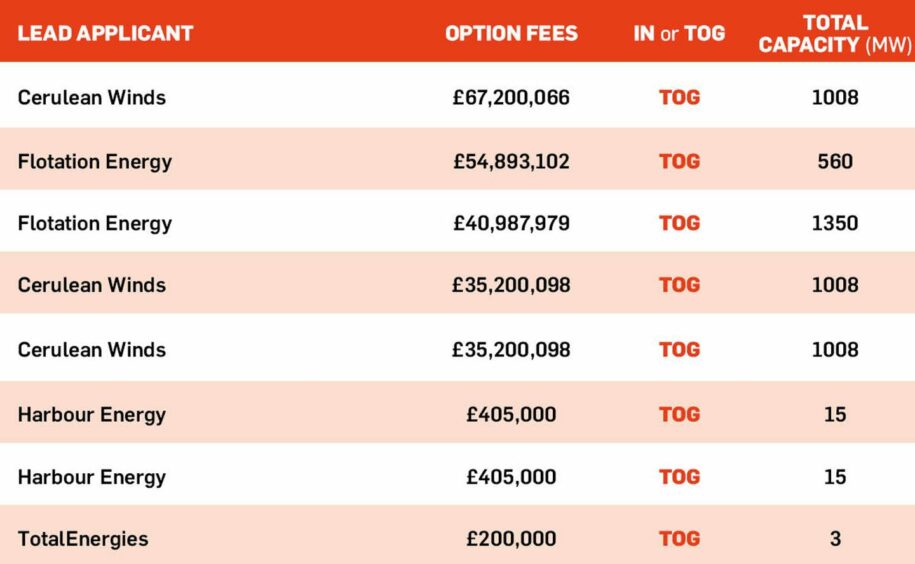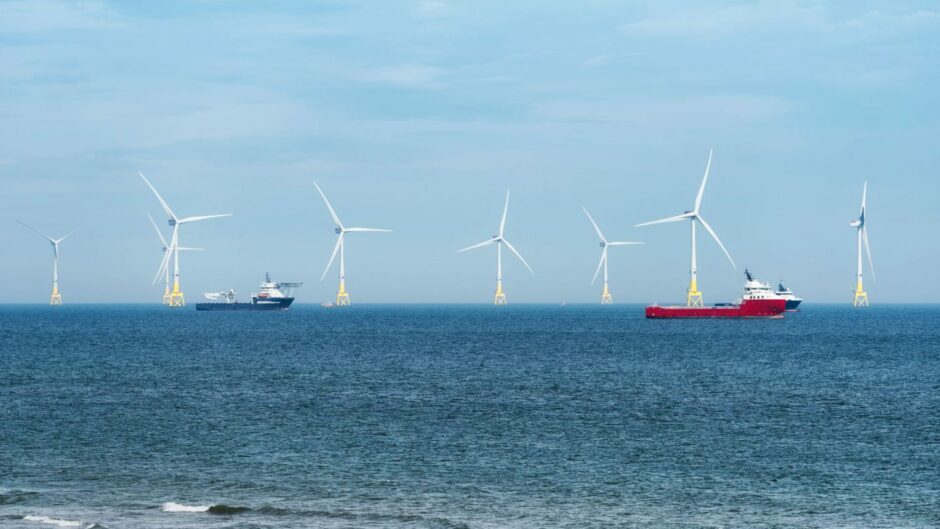
Westwood Global Energy Group recently compared the net zero journeys of Norway and the UK, indicating that INTOG might be too slow to electrify the North Sea.
The analytics firm’s Atlas and New Energies teams hosted and online event recently, titled ‘UK and Norway – The role of exploration in the Energy Transition’.
From this and previous data collected by Westwood, the analytics firm track the two countries’ emissions performance in oil and gas, electrification from offshore wind, carbon capture and storage (CCS) efforts, and approaches to hydrogen.
On the topic of electrification, the analytics firm suggested that the UK’s INTOG leasing round may prove to be too late as it looks to electrify an ageing basin.
Is INTOG too late?
When it comes to using offshore wind to support emissions reductions, Norway is looking the other way, unlike the UK.
The Trollvind offshore wind project in Norway is set to electrify Equinor’s Troll and Oseberg facilities through an onshore connection point.
However, this project has been postponed indefinitely due to rising costs.
Equinor has also said the technology for the wind farm is not available due to changes in technical solutions, making the concept less viable.
The UK on the other hand has embraced offshore wind as its solution to electrifying North Sea platforms as power from shore has been shown to be ” challenging and expensive,” the analysts write.
Highlighting the unique INTOG leasing round that allowed developers to bid for work in electrifying platforms through the use of offshore wind.
Of these successful projects, there were eight which combined will produce 4.9 GW for North Sea platforms.
Westwood highlights some issues with the UK’s approach, writing: “While the process has the potential to support emissions reduction from O&G assets in the UK, only a few platforms will benefit.
“Assuming a windfarm is operational in 2027 and considering the minimum requirement of five years of demand, hubs set to cease production in that time are unlikely to benefit from INTOG and will need to consider alternative decarbonisation solutions. ”
Norway has proved to have some success with utilising offshore wind in its electrification efforts, however, as the group points to Hywind Tampen offshore wind farm.
Hywind Tampen is directly connected to the Snorre and Gullfaks hubs and recently started to partially power oil and gas field installations at Snorre.
Following first power to the Gullfaks A platform in November 2022, the offshore wind farm is to come fully online shortly.
What is INTOG
The innovation and targeted oil and gas process (INTOG) is a seabed leasing round, which covered smaller “innovation” projects for floating wind and “Targeted Oil and Gas” developments (TOG) to decarbonise offshore assets through electrification.
Of the successful 13 applications, eight fell within the TOG category while the remaining five were classified as innovation projects.
Split into two categories, innovation and TOG, applicants had to meet certain criteria when applying for either of the leasing round options.
TOG looks to help decarbonise the North Sea energy sector by supporting firms to build wind farm projects connected to oil and gas infrastructure.
The proposed wind projects will provide electricity to offshore installations, cutting the carbon emissions associated.
Whereas innovation applications aim to support small offshore wind projects, capable of producing 100MW or less.
Recommended for you


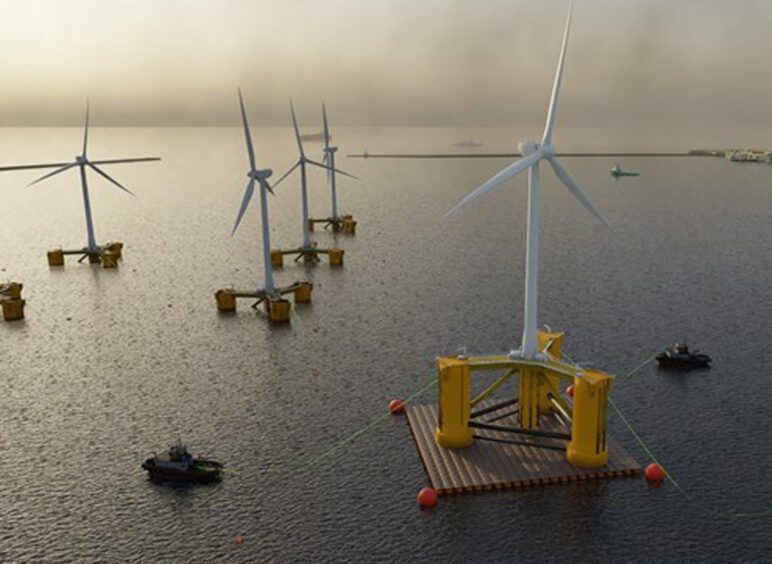 © Supplied by EMEC
© Supplied by EMEC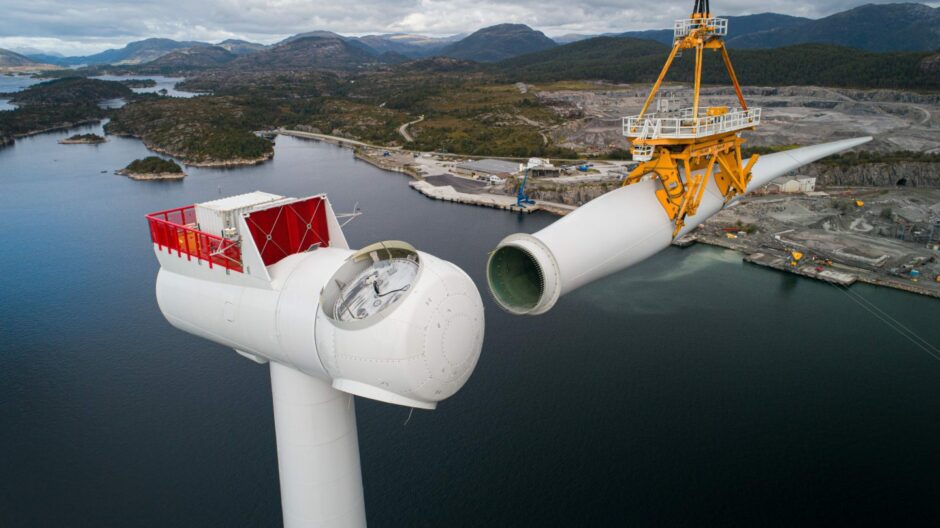 © Supplied by Mammoet
© Supplied by Mammoet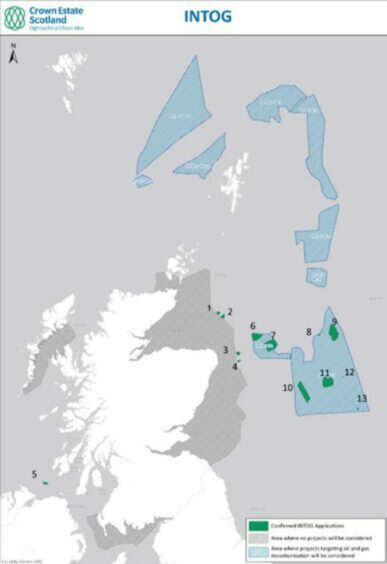 © Supplied by Crown Estate Scotlan
© Supplied by Crown Estate Scotlan